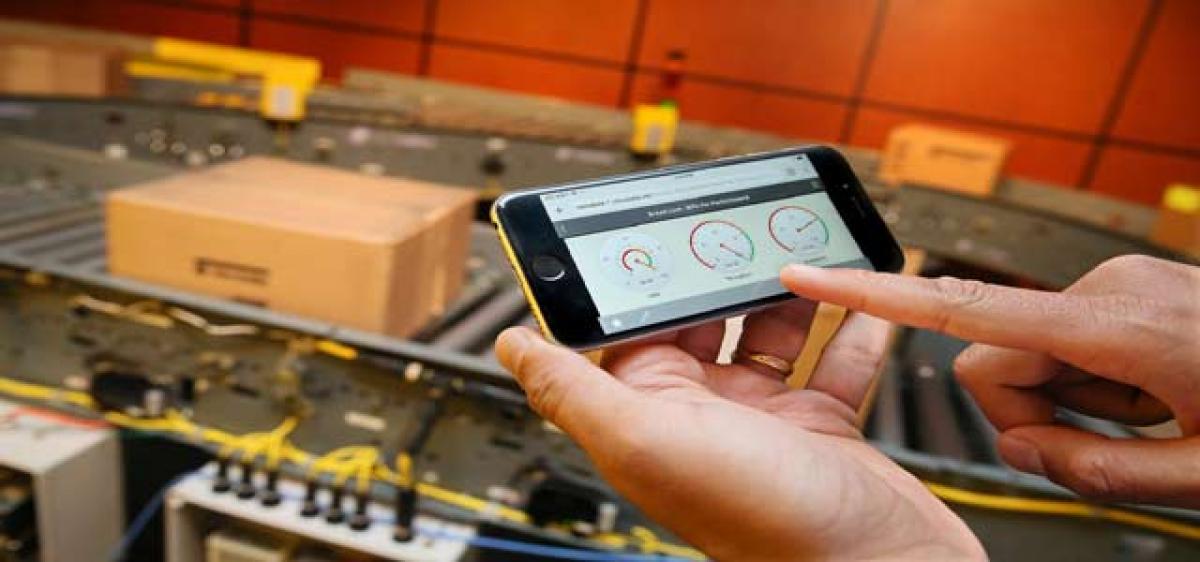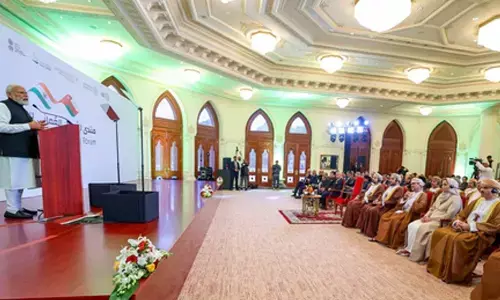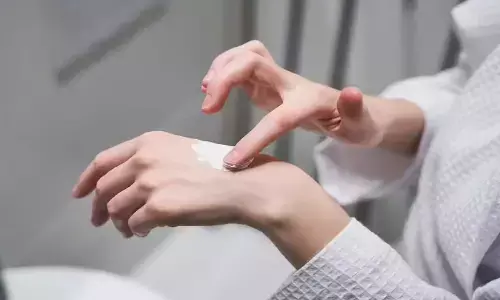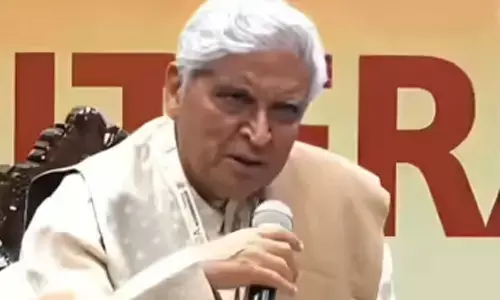Smartphone app to help factory workers stay healthy

Researchers at the University of Wisconsin Madison in the US are developing a smartphone app that can help reduce risk of injuries in factory workers due to the strain of repetitive motion required to perform their work.
Researchers at the University of Wisconsin Madison in the US are developing a smartphone app that can help reduce risk of injuries in factory workers due to the strain of repetitive motion required to perform their work. The strain of repetitive motion can lead to various musculoskeletal injuries, such as carpal tunnel syndrome or tendonitis in the wrists, arms and shoulders.
Risks of injury not only cause workers to suffer, but can create massive inefficiencies for companies themselves, through hidden costs such as workers' compensation, lost time and reduced productivity. "We want to solve these problems before people get hurt," said Rob Radwin, Professor of Industrial and Systems Engineering.
Existing methods for measuring risk of injury leave much to be desired. Health and safety professionals often make subjective judgments of risk based on a 0-10 scale of hand activity. Although these measurements provide fairly reasonable predictions, there is immense room for error in human observation, and such conclusions require valuable time, expertise and training in ergonomics and safety.
It also requires following the nuanced actions of many individuals over a long period of time. With the help of videos collected from a variety of institutions, Radwin and his colleagues will develop an entirely new measure for assessing health outcomes.
"We can programme phones to measure motions and quantify them in a way that is not only more accurate than the current method, but also automatic and more objective and reliable," he said in a university statement. "It's not just for big corporations using ergonomics to cut costs it would allow medium-sized and small businesses to access this technology as well," Radwin noted.
The measurements can assess factors such as speed for example, if a worker is struggling to keep up with a conveyer belt, they may have to move their arms and hands faster to keep up, leading to fatigue and potential injury.
"I envision an app, and I think all the technology we need exists on my smartphone today: a high definition camera, a high-speed processor, and the ability to do cloud computing," he said. If Radwin can apply his measures to a smartphone application, manufacturing employers could assess risk of injury of their employees with relative ease.

















